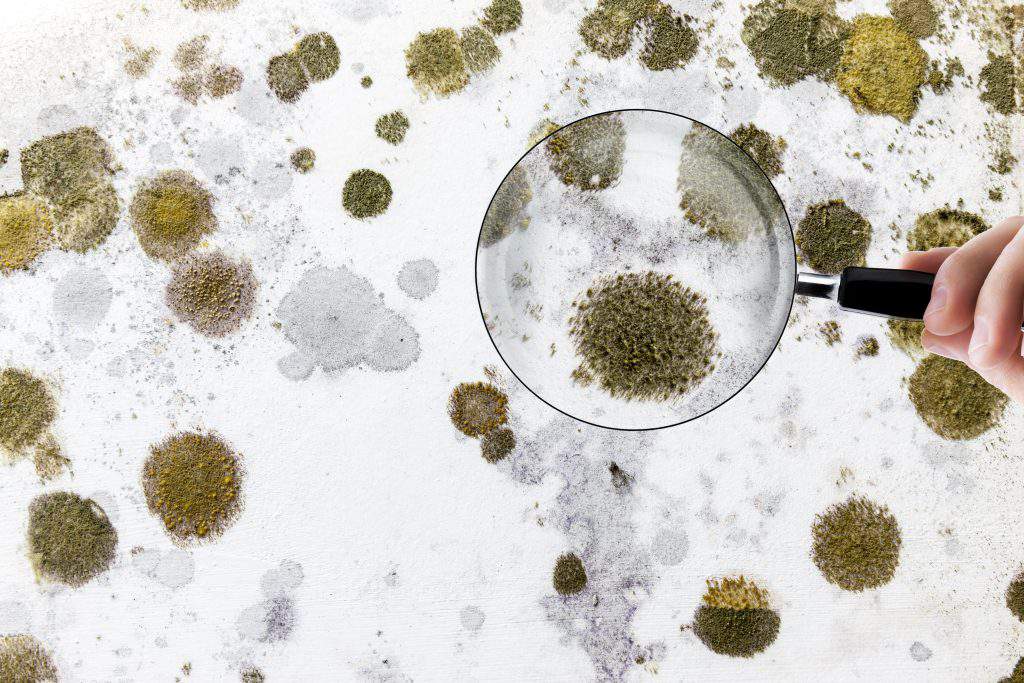Finding Post Remediation Inspection Near Me Solutions
Wiki Article
Effective Message Mold Remediation Solutions for Your Home
Mold and mildew development in homes can be a consistent problem, often calling for a systematic approach for efficient post-remediation services. From understanding the variables that add to mold and mildew growth to implementing correct cleansing strategies and dampness control actions, the procedure can be complex yet critical for maintaining a healthy and balanced living setting. In addition, checking out natural remediation services and establishing a routine for recurring upkeep are necessary elements of an extensive mold removal approach. As property owners strive to attend to mold and mildew worries, finding one of the most effective remedies comes to be paramount for the wellness of their households.Recognizing Mold Development Factors
The main aspect adding to mold and mildew growth is wetness. Mold and mildew spores call for dampness to flourish and sprout, making humid or wet atmospheres highly susceptible to mold infestations.
Furthermore, airflow and light exposure can affect mold and mildew growth. Areas that do not have appropriate ventilation and natural light are extra vulnerable to mold and mildew growth. By attending to these aspects adequately, individuals can efficiently mitigate mold and mildew development and secure their living environments.
Appropriate Mold Cleaning Methods
Utilizing reliable cleansing methods is essential in attending to and stopping the reoccurrence of mold contamination in interior atmospheres. The first action in proper mold cleansing is to contain the damaged location to protect against the spread of spores to unpolluted areas.
Implementing Moisture Control Steps
To effectively avoid mold and mildew development and contamination in indoor environments, applying moisture control procedures is critical. Wetness is the key variable that gas mold growth, making it essential to handle humidity degrees within the home. One reliable measure is to utilize dehumidifiers to maintain interior moisture degrees listed below 60%. Furthermore, making certain appropriate ventilation in locations susceptible to moisture buildup, such as cooking areas and washrooms, can help in reducing the danger of mold growth. Consistently evaluating and fixing any type of leaks in pipes, roof coverings, or home windows is additionally important in protecting against excess dampness build-up. Using exhaust fans while cooking or showering, and enabling air blood circulation by maintaining furnishings somewhat far from wall surfaces can assist in moisture control. Using moisture-resistant products in high-humidity areas, such as mold-resistant drywall and paints, can be useful. By carefully applying these wetness control procedures, home owners can properly lower the likelihood of mold and mildew recontamination and preserve a healthy interior atmosphere.Utilizing All-natural Removal Solutions
After successfully carrying out wetness control procedures to stop mold growth in indoor environments, home owners can now check out the efficiency of natural removal solutions in keeping a healthy living area. Natural remediation solutions use eco friendly techniques to combat mold and mildew, making them a prominent option for those looking for non-toxic choices. By including these all-natural remediation options into their cleansing regimens, property owners can properly deal with mold and mildew development while advertising a much healthier indoor atmosphere for themselves and their families.
Preserving a Mold-Free Atmosphere
In order to protect against mold and mildew reoccurrence and ensure a consistently mold-free atmosphere, it is crucial for house owners to execute positive upkeep practices. Routinely evaluating areas susceptible to mold growth, such as restrooms, cellars, kitchens, and attic rooms, is critical. Addressing any leakages, water damages, or excess moisture immediately can dramatically minimize the risk of mold development. what to do after mold remediation. Appropriate air flow in areas with high humidity levels is also crucial to avoid mold growth. Using dehumidifiers or exhaust fans can aid preserve optimal dampness levels and dissuade mold spores from flourishing.Additionally, maintaining tidiness in the home is essential for mold and mildew prevention. Frequently cleaning and cleaning surface areas, carpets, and furniture can help eliminate mold and mildew spores prior to they have an opportunity to resolve and increase. Using mold-resistant products for construction materials and furnishings can even more help in producing a mold-free setting. Maintaining interior plants in check and guaranteeing proper drain in exterior landscape design what to do after mold remediation can lessen wetness build-up, lowering the chance of mold invasions. By following these proactive maintenance methods, home owners can efficiently maintain a mold-free home.
Final Thought
Finally, it is necessary to address mold and mildew growth aspects, utilize proper cleaning techniques, apply dampness control measures, utilize natural remediation remedies, and preserve a mold-free setting in order to effectively handle message mold and mildew removal in your home - testing air quality after mold remediation. By following these strategies, you can protect against mold and mildew from persisting and guarantee a healthy living environment for you and your family
The primary aspect contributing to mold development is dampness. Mold and mildew spores need moisture to germinate and flourish, making wet or moist environments very susceptible to mold problems.To efficiently stop mold growth and contamination in interior environments, executing moisture control procedures is critical. Additionally, making sure proper ventilation in areas prone to moisture buildup, such as kitchens and shower rooms, can help reduce the danger of mold development.After effectively implementing dampness control actions to prevent mold growth in indoor environments, property owners can currently check out the performance of all-natural removal options in preserving a healthy living room.
Report this wiki page